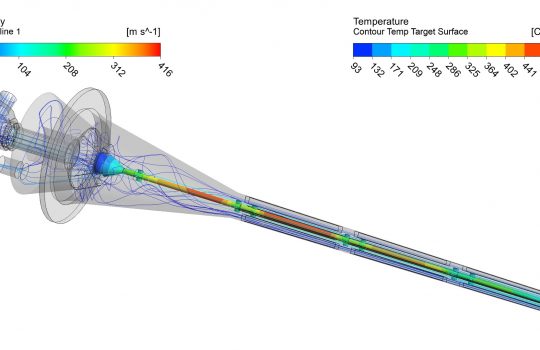5 questions with Bryan Ramson, LAS alum and physicist at Fermilab, about neutrinos–the most elusive particle in the universe
Michigan LSA, May 9, 2025
LSA Magazine spoke with associate scientist Bryan Ramson about neutrinos, which play a fundamental role in unlocking the mysteries of the universe.

